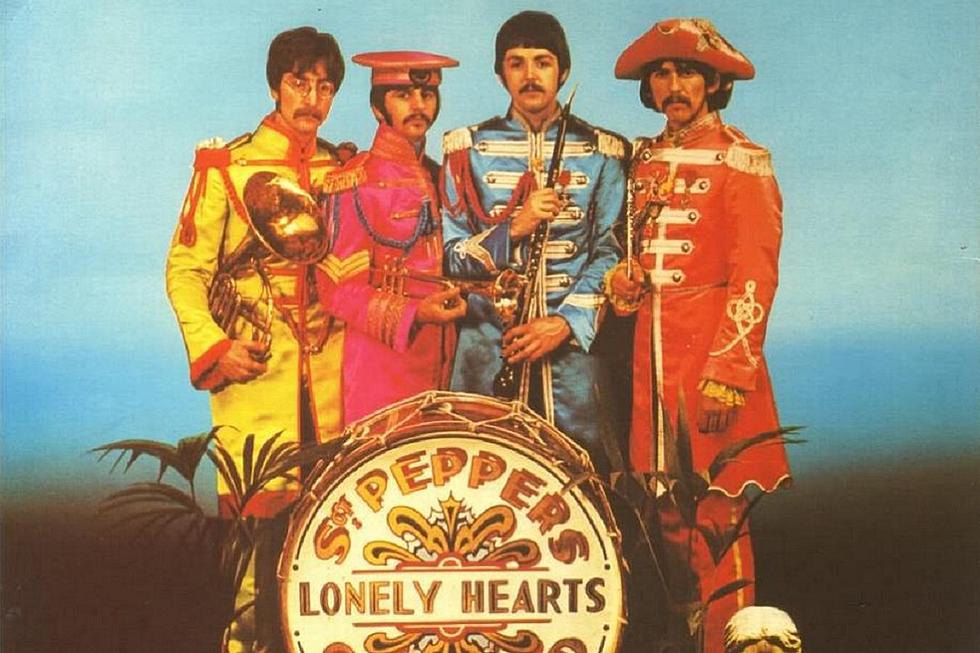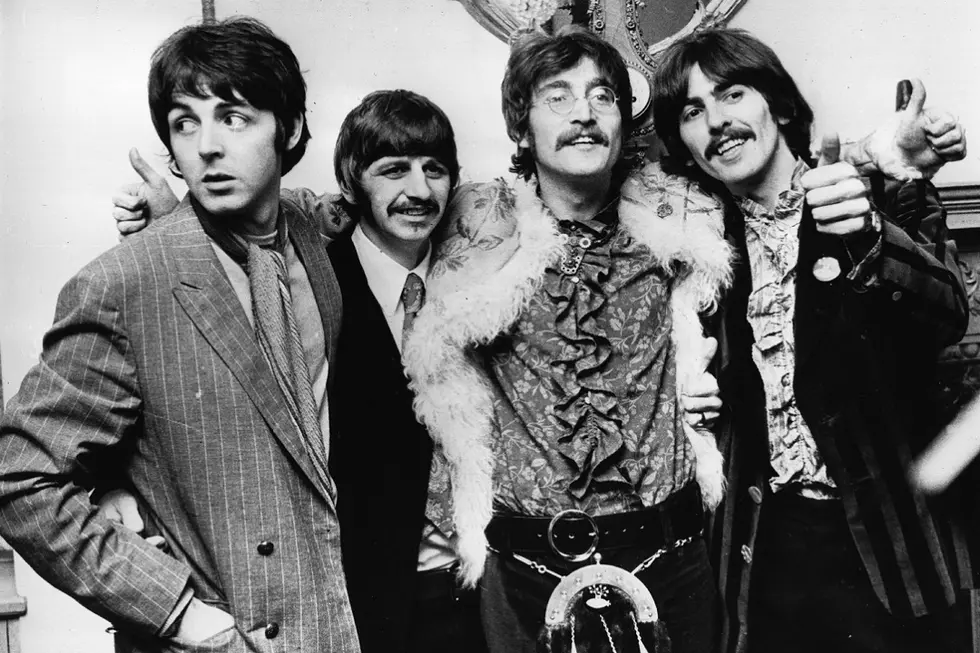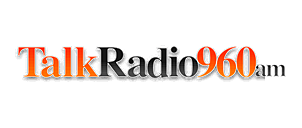
When the Beatles Tried, but Failed, to ‘Get Back’ to Their Roots
The Beatles were in a free fall as 1969 began. The sessions for the White Album, which had been released six weeks earlier, were contentious, with each member exploring his own musical path and bringing in the others when necessary. Sensing that something needed to be done, Paul McCartney came up with a plan for their next project.
He felt that they needed to return to their roots as a live rock 'n’ roll band. It would serve as a reminder of the fun they had in their younger days, before Beatlemania, the business obligations, the controversies, the drugs and everything else had taken their toll. It was going to be an album called, fittingly, Get Back, with none of the studio trickery that they had pioneered — not even overdubs. And the rehearsals were going to be filmed for a television show that included, for their first time since Aug. 29, 1966, a live performance by the band.
“The idea was that you’d see the Beatles rehearsing, jamming, getting their act together and then finally performing somewhere in a big end-of-show concert,” McCartney recalled in Anthology. “We would show how the whole process worked. I remember I had an idea for the final scene, which would be a massive tracking shot, forever and ever, and then we’d be in the concert.”
On Jan. 2, 1969, they convened at London’s Twickenham Film Studios to start rehearsing. The Beatles Bible states that they spent much of the day working on "Don’t Let Me Down," "I’ve Got a Feeling" and "Two of Us," but they also found themselves jamming on some of their favorites by Chuck Berry, Buddy Holly and Bob Dylan.
But the magic that McCartney was looking to recapture never came, mostly because the others never fully got on board with the plan. "We're lazy fuckers, and we've been playing for 20 years, for fuck's sake," John Lennon said. "We're grown men, we're not going to sit around rehearsing. And we couldn't get into it, and we put down a few tracks and nobody was in it at all. It was just a dreadful, dreadful feeling and, being filmed all the time, I just wanted them to go away. We'd be there at 8 in the morning, and you couldn't make music at 8 in the morning, or 10, or whatever it was, in a strange place with people filming you, and colored lights."
It all came to a head a week into the rehearsals when, fed up with being bossed around by McCartney and having his songs mocked by Lennon, George Harrison quit. He returned five days later, but only after the others agreed to a few of his demands, including taking the concert off the table and that they leave Twickenham for the brand-new studios at 3 Savile Row, the home of their Apple Corps company.
And even that caused a problem. The Beatles had hired Alexis “Magic Alex” Mardas, who ran Apple’s electronics division, to put a state-of-the-art studio in the basement. “Mardas promised miracles,” Mark Lewisohn wrote in The Beatles Recording Sessions: The Official Abbey Road Studio Session Notes 1962-70. “Abbey Road had eight-track facilities. Apple would have 72. And away with those awkward studio ‘baffles’ around Ringo [Starr]'s drum kit […] Magic Alex would install an invisible sonic beam, like a force field, which would do the work unobtrusively.”
Watch the Beatles Perform on the Apple Rooftop
The console Magic Alex built was useless, forcing George Martin to call up Abbey Road and ask them to send over a pair of four-track mixing desks. Alex’s console was removed and sold as scrap for £5. The Beatles lost two more days of work due to the delay and finally, on Jan. 22., they started playing music.
The cameras remained, but instead of filming the rehearsals for a TV show, they would capture the recording of a new album. Joining the proceedings was Billy Preston, an American keyboardist whom the Beatles first met in 1962 in Hamburg when he was playing in Little Richard’s band. Harrison persuaded Preston to join the sessions, partially in the hopes that everyone would be on their best behavior. It did the trick.
"He got on the electric piano," Harrison later recalled. "And straight away there was 100 percent improvement in the vibe in the room. Having this fifth person was just enough to cut through the ice that we'd created among ourselves [...] Everybody was happier to have somebody else playing, and it made what we were doing more enjoyable."
After a week, the bulk of the album was complete, with the Beatles sticking to the original plan of recording without overdubs. But there was one last piece of McCartney’s vision to come. Harrison may have been against the idea of a proper concert, but he agreed to perform on the rooftop of Apple’s headquarters at lunchtime.
Those 42 minutes — before the police shut them down for disrupting the peace — prove that McCartney had the right idea all along. All the mutual contempt that had been building up over the past few years disappeared when they started playing. When it was all over, Lennon, who had been joking in between songs, famously quipped, “I’d like to say, ‘Thank you’ on behalf of the group and ourselves, and I hope we passed the audition.”
A sequence and mix for the Get Back album were made by Glyn Johns, who had engineered the sessions. They even took a photo that replicated the shot of the four Beatles at EMI’s Manchester Square headquarters that was used on the cover of their debut, Please Please Me. But the Beatles kept delaying the release of Get Back as they worked on, and eventually released, Abbey Road. When they returned to the record, they were unhappy with Johns’ mix and, after several more attempts, decided to try a new approach.
They reached out to Phil Spector, who controversially broke with McCartney’s concept, editing the songs and adding overdubs to many of them. Over McCartney’s objections, the album and movie were finally released in May 1970, a month after McCartney’s solo album signaled the end of the Beatles, with a new title: Let It Be.
Beatles Albums Ranked
You Think You Know the Beatles?
More From Talk Radio 960 AM










